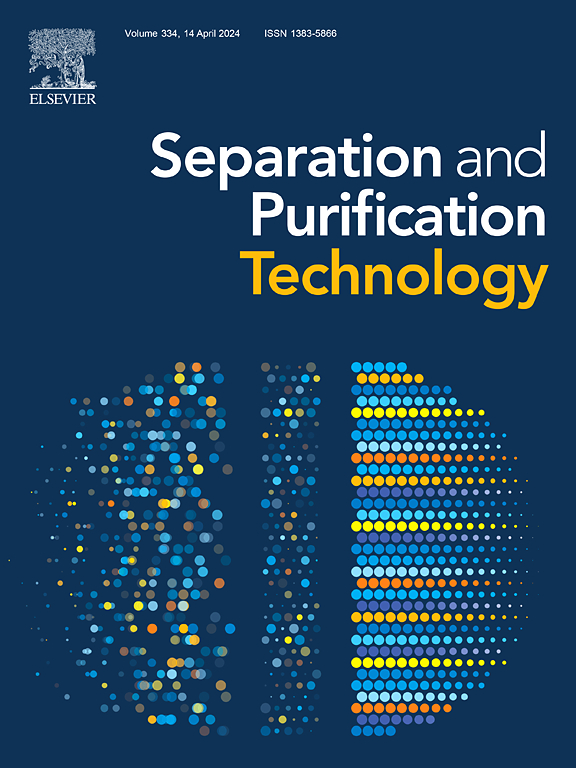Mechanism of NO electrocatalytic reduction over the MoS2-based single atom catalyst: A DFT investigation
IF 8.1
1区 工程技术
Q1 ENGINEERING, CHEMICAL
引用次数: 0
Abstract
The emission of Nitric Oxide (NO) is a critical issue in the area of global environmental pollution. The electrocatalytic reduction of Nitric Oxide (NORR) for controlling NO pollution and generating ammonia has attracted significant attention in recent years, wherein the transition metal single atom catalyst (SAC) exhibits especially decent performance. However, the interaction mechanism between reactants and the NORR catalyst remains unclear at the current stage. Herein, this study explored the NORR mechanism on the MoS2-based transition metal SACs. Density functional theory calculations were employed to determine the superior SAC catalyst for NORR by evaluating the electrochemical stability, adsorption performance, and NORR reactivity. Results showed that Mn-MoS2 exhibited excellent performance in terms of electrochemical stability and NO adsorption. Based on electronic structure analysis, Mn altered the electronic state distribution of MoS2, enhancing charge transfer intensity. Hybridization of different orbitals indicated the stronger interaction between Mn and NO, promoting the adsorption of NO on the surface of MoS2. Calculation of Gibbs free energy of NORR steps confirmed that Mn-MoS2 reduced the energy barrier of the rate determining step in NORR and accelerated the reaction process. This study provides a theoretical foundation for the development of advanced SACs, emphasizing the promising role of Mn in enhancing catalytic efficiency.


求助全文
约1分钟内获得全文
求助全文
来源期刊

Separation and Purification Technology
工程技术-工程:化工
CiteScore
14.00
自引率
12.80%
发文量
2347
审稿时长
43 days
期刊介绍:
Separation and Purification Technology is a premier journal committed to sharing innovative methods for separation and purification in chemical and environmental engineering, encompassing both homogeneous solutions and heterogeneous mixtures. Our scope includes the separation and/or purification of liquids, vapors, and gases, as well as carbon capture and separation techniques. However, it's important to note that methods solely intended for analytical purposes are not within the scope of the journal. Additionally, disciplines such as soil science, polymer science, and metallurgy fall outside the purview of Separation and Purification Technology. Join us in advancing the field of separation and purification methods for sustainable solutions in chemical and environmental engineering.
 求助内容:
求助内容: 应助结果提醒方式:
应助结果提醒方式:


